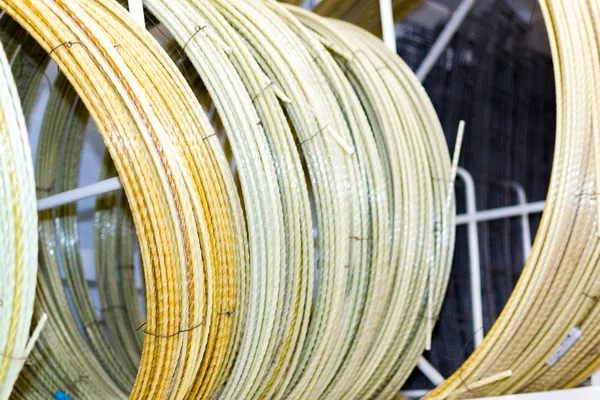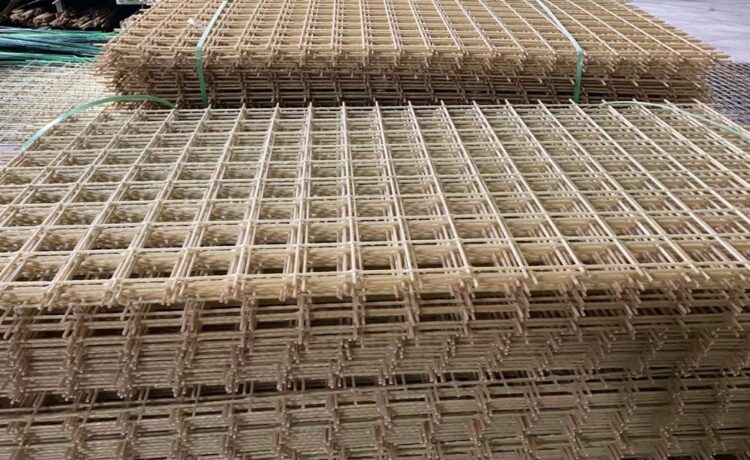Glass Fiber Reinforced Polymer (GFRP) bars represent an innovative approach to structural reinforcement. Composed of high-strength glass fibres embedded within a polymer matrix, these advanced composite materials offer a revolutionary alternative to traditional reinforcement methods. The manufacturing process involves carefully aligning glass fibres within a protective polymer resin, creating a material that combines exceptional strength with unique physical properties.
GFRP bars are created through a sophisticated process of fibre impregnation and curing. Continuous glass fibres, typically made from high-quality E-glass or AR-glass, are thoroughly saturated with a polymer resin, most commonly vinyl ester or epoxy. This process creates a unified composite material that leverages the tensile strength of glass fibres with the protective and binding qualities of polymer resins.
Key characteristics of GFRP bars
- Lightweight composition
- High tensile strength
- Corrosion resistance
- Electromagnetic neutrality
- Long-term durability
- Non-conductive properties
Understanding steel reinforcement
Steel reinforcement has been the cornerstone of construction for over a century. Traditional reinforcement bars, commonly known as rebar, are manufactured from carbon steel and play a critical role in providing tensile strength to concrete structures. These bars are typically produced through hot-rolling processes, creating a characteristic ribbed surface that enhances bonding with concrete. Steel reinforcement bars undergo precise manufacturing processes to ensure structural integrity. Raw steel is heated, rolled, and formed into bars with specific diameter and surface characteristics. The manufacturing process includes careful control of carbon content and adding specific alloys to enhance strength, ductility, and corrosion resistance.
Key characteristics of steel bars
- High tensile strength
- Proven track record
- Relatively low cost
- Good ductility
- Widely available
- Established manufacturing processes
Comparative analysis

Composition differences
GFRP bars and steel represent fundamentally different approaches to structural reinforcement. While steel is a metallic material with a uniform composition, GFRP bars are composite materials combining multiple components. Steel relies on its metallic properties, whereas GFRP bars derive strength from the strategic arrangement of glass fibres within a polymer matrix.
Performance characteristics
Corrosion resistance stands as a primary differentiator. Steel reinforcement is prone to oxidation and deterioration, especially in harsh environments. GFRP bars offer exceptional resistance to chemical degradation, maintaining structural integrity in challenging conditions such as marine environments, industrial settings, and areas with extreme weather exposure.
Weight and handling
The weight disparity between GFRP and steel bars is substantial. GFRP bars are approximately 70% lighter than their steel counterparts, offering significant advantages in transportation, handling, and installation. This weight reduction translates into reduced labour costs, easier on-site management, and potential structural design innovations.
Electromagnetic properties
A unique advantage of GFRP bars is their electromagnetic transparency. Steel reinforcement interferes with electromagnetic signals, posing challenges in specialized environments like medical facilities, research centres, and communication infrastructure. GFRP bars provide a non-conductive alternative that eliminates such interference.
Environmental considerations
While GFRP bars typically have a higher initial cost, their long-term economic benefits are compelling. Reduced maintenance expenses, extended structure lifespans, and minimal replacement requirements offset initial investment costs. FRP bars contribute to sustainable construction practices through lower carbon footprint and recyclability.
Future perspectives
The future of structural reinforcement lies in strategic material selection. GFRP bars are not intended to replace steel completely but to offer an alternative solution for specific applications. Ongoing research continues to improve GFRP technology, focusing on:
- Enhanced manufacturing techniques
- Cost reduction
- Expanded application ranges
- Performance optimization
GFRP Barsand steel reinforcement each bring unique characteristics to construction engineering. Choosing between them depends on project specifications, environmental conditions, and performance expectations.







